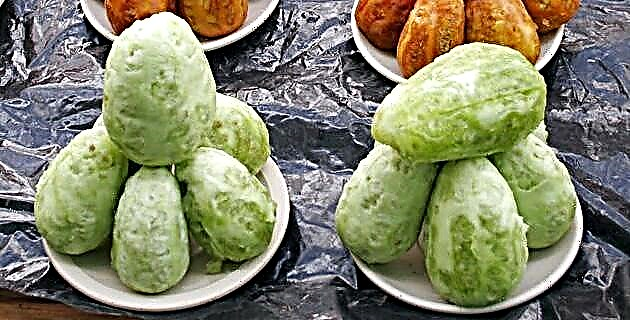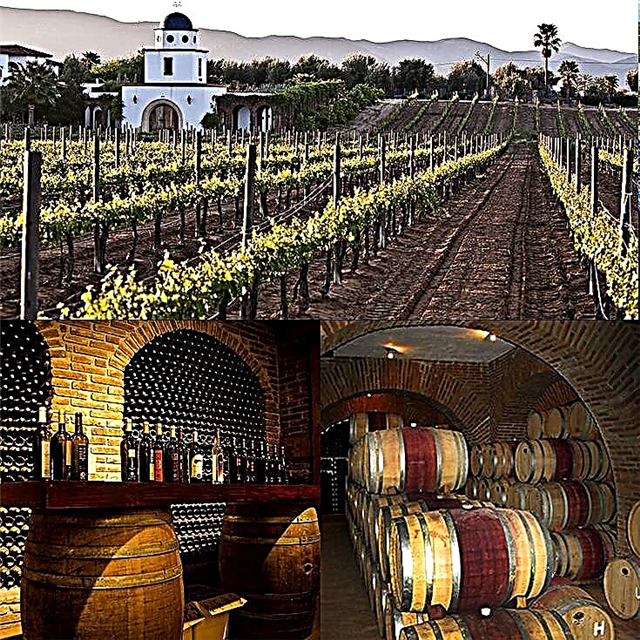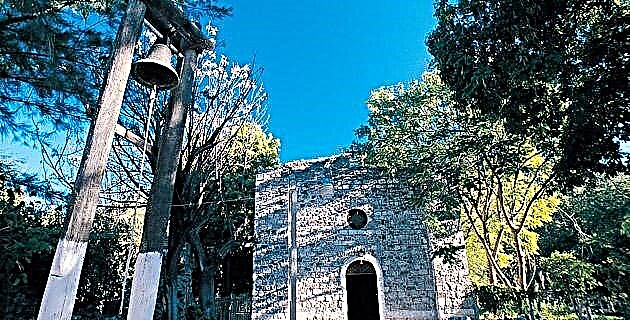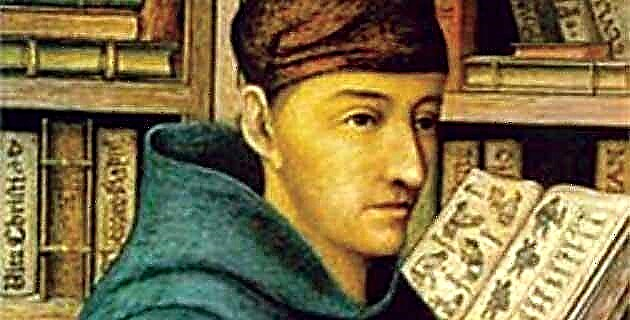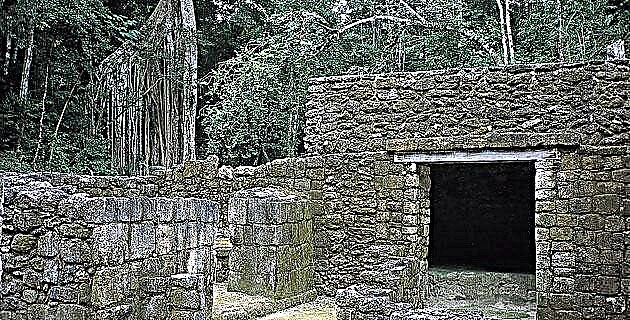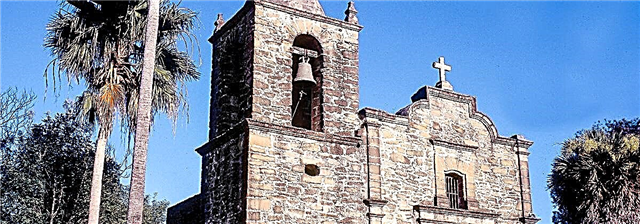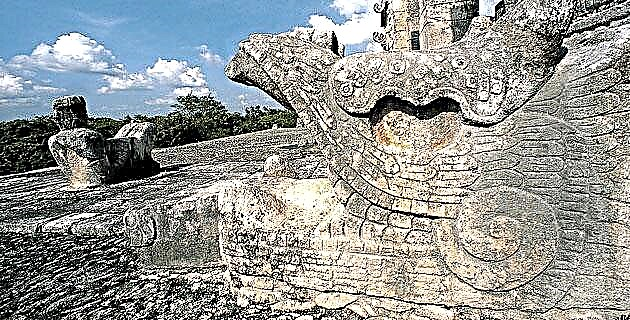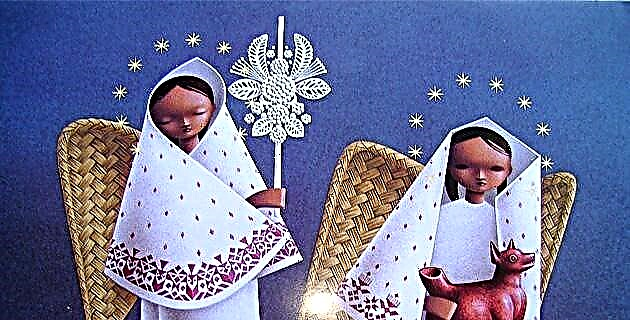
Like a fabulous Merlin cloistered in his study and in his widowhood, the maker produces his few but always effective spells. Its prey is another: the unusual, elusive and, for other mortals, invisible instance of perfection.
Like a fabulous Merlin cloistered in his study and in his widowhood, the maker produces his few but always effective spells. Its prey is another: the unusual, elusive and, for other mortals, invisible instance of perfection.
Parenthesis. While in Antwerp in 1995, in the company of my great friend Heriberto Galindo and his wife Maricarmen, I wanted to see once again the Van Eyck altarpiece, The Adoration of the Lamb, in Ghent. "There are only two perfect painters," I pontificated, "Van Eyck and Mondrian." "And Rangel Hidalgo," Heriberto interjected instantly.
I talk about it because, as with the Van Eycks, Alejandro's intense faith is manifested in his veneration for nature (despite which he has never done landscapes). It is the precious and small that he celebrates, the almost microscopic. For a commercial tomato label, he simulates a botanical plate: the pubescence of the stem amazes, and in the section of the fruit, a seed that followed the cutting edge remains alone in the dividing membrane.
Rangel's painting has very different eras separated by exasperating gestation periods for his admirers. After his youth and with full technical mastery, he appeared before public opinion in 1958 with Los angeles de este mundo, a series that UNICEF published as Christmas cards. In each angelic prototype, Rangel dressed the angel in the national clothes of various countries and accompanied him with the typical objects and products of each nation. In this series, El Niño Dios de Colima deserves a special mention, as a letter from the painter dedicated to that very region where he was born.
The most curious thing about his work is that, after each artistic outpouring, he remains cloistered for a long time and then surprises us with a new colorful expression, no less astonishing in its spring freshness although totally different from the previous one. Among various other phases, I remember his series of nineteenth-century boys and girls posing with their toys in rooms that could well serve as documents of an ideal childhood in the future.
Years later he made a series of serigraphs with the motley leaves of the crotos, the effect of which exceeds the magical realism of his earlier paintings through an abstraction so effective that one critic characterized them as "organic Vasarelys". Every day I see three copies of that time in my house in Mazatlán, where I also have two more recent paintings as a private treasure. The University of Colima gave them to me through the artist himself. They are two acrylics painted in 1992 that represent two of Columbus's three caravels. The hulls of the ships are composed of pure little flags and stamps of his own invention; the sails are made of brand-new Pyramid handkerchiefs, still folded, while the flags border happily in the direction of the ship. They are two works of goldsmithing, two Cellini of indisputable invoice.
Official recognitions have not been lacking. For fifteen considerations - among them the founding of the Altamira School with Matías Goeritz, his participation together with Ignacio Díaz Morales and Goeritz himself in the founding of the School of Architecture of the University of Guadalajara, and, with Gonzalo Villa Chávez , from the Faculty of Architecture of the University of Colima, in addition to his teaching work both in painting and local crafts - the University of Colima awarded him in April 1999 the degree of Doctor Honoris Causa.
Rangel Hidalgo accepted this recognition with the rather typical condition that there would be no public ceremony (so that no one would find out). But it is impossible not to realize its merits and its value, since one of the main attractions of Colima is the museum that bears his name, and which is located in the old family farm of Nogueras, a museum that he designed and for which did the museography, and where his collection of Western Culture ceramics is now exhibited. There, next to the small church of the seventeenth century, their hands dwell.
Source: Aeroméxico Tips No. 14 Colima / winter 1999-2000

